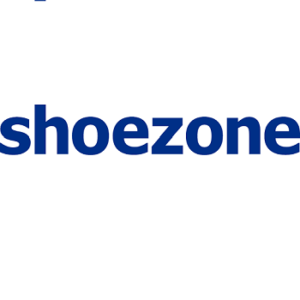Last week, we suggested that the recent market pullback (down, then up to almost recovered) is unlikely to be the end of this bout of market volatility. Sure enough, markets became even more volatile over this week, despite the Trump administration’s delay to the next round of tariff hikes against China – a move some saw as a desperate attempt to stop the rapid souring of US investor and economic sentiment.
Trump’s proverbial blinking first in his own stand-off only provided a short 24h reprieve to stock markets before they succumbed to the next scare (although that scare was neither new nor unexpected). This week it was the inversion – at least temporarily – of a crucial part of the US and UK government yield curves that spooked markets. Essentially, demand is increasing for safe-haven long maturity bonds by institutional investors that are unnerved by the vagaries that trade politics add to the already weak economic outlook. Because of the inverse relationship between bond prices and their yield, the higher demand has led to yields on 10 year bonds being quoted lower than the yield for bonds with just 2 years to maturity (more on this in the second article this week).

















